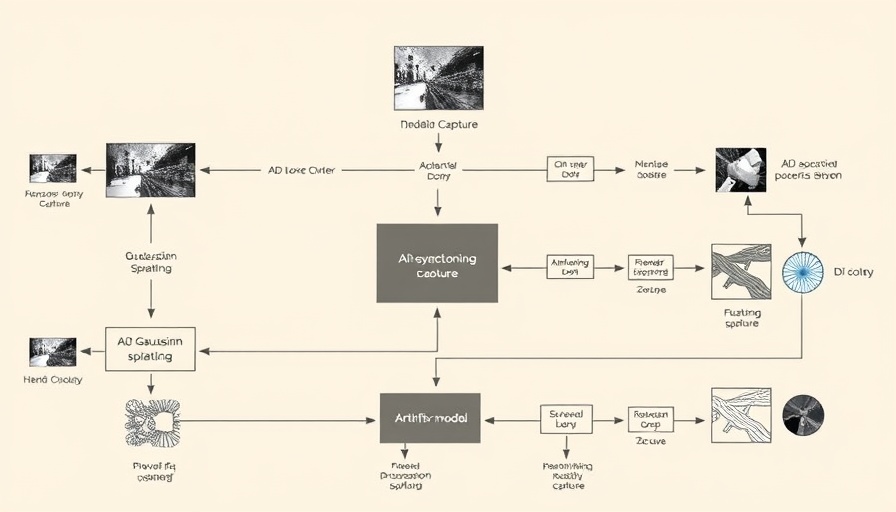
Transforming Slow-Motion Video with 4D Reconstruction
The evolution of technology has enabled exciting advancements in visual media, and now researchers are tackling the age-old challenge of capturing high-speed movement. The innovative approach known as 4DSloMo allows creators to reconstruct super-slow-motion 4D models from standard high-definition videos. This could revolutionize how we see athletic performances, delicate fabric movements, or even nature in action.
Unpacking the 4DSloMo Pipeline
Conventional multi-camera setups typically capture only 15 to 30 frames per second (FPS), making it nearly impossible to accurately depict rapid motion. The new 4DSloMo pipeline changes this with an asynchronous capture method that increases the effective frame rate without the need for costly high-speed cameras. By staggering the start times of multiple cameras, 4DSloMo makes it feasible to produce high-quality reconstructions of dynamic scenes, enhancing the viewing experience.
The Role of Machine Learning in 4D Reconstruction
Machine learning is at the heart of many contemporary technological advancements, including video reconstruction. The 4DSloMo pipeline employs a video diffusion model to address artifacts that traditional recording methods create. This intersection of artificial intelligence and video production not only solves existing limitations but also lays the groundwork for future innovations in visual storytelling.
Why It Matters: Real-World Implications
This technology promises significant implications across various fields, from sports analytics to the entertainment industry. By providing clearer insights into motion and form, artists, designers, and filmmakers can harness this technology to enrich their work. Imagine capturing the precise flick of a dancer’s wrist in slow motion or the fluid dynamics of a flowing dress—each frame telling a story that is often missed in real-time footage.
Looking Ahead: The Future of AI in Video Reconstruction
As we embrace the integration of AI and machine learning in everyday applications, the potential for advancements in 4D reconstruction is bright. Future developments could lead to more accessible tools enabling beginners to experiment with AI-driven creative software for sports, film production, and art. For enthusiasts eager to delve into AI learning resources, there has never been a better time to explore.
In an era dominated by visual media, understanding the nuances of AI and its applications—like in the 4DSloMo pipeline—opens doors to new opportunities in creativity and innovation. If you're curious about how AI can elevate your projects or career, now is the moment to become acquainted with the fundamentals of this transformative technology.
 Add Row
Add Row  Add
Add 




Write A Comment